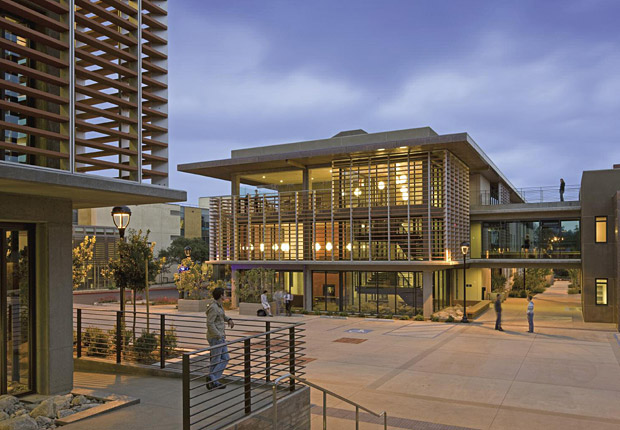Each fall semester brings a new batch of critical inquiry courses, the intensive writing seminars that all first-year-students take. As a side benefit, the titles and descriptions for these creatively-conceived classes always enliven the course catalog. Read these blurbs and you’ll wish you could enroll:
Fragrant Ecstasies: A Cultural History of the Sense of Smell. Mr. Rindisbacher. “The reek of a Kansas feed lot, the aroma of fresh-baked bread, the scent of jasmine on a breezy spring day… Smells connect to perfumery and luxury, to chemistry and neuroscience, to aromatherapy and advertisement, to stench and death—but always also to the erotic and sex. It is an interdisciplinary field par excellence …”
Can Zombies Do Math? Ms. Karaali. “We have all heard of the objective and universal nature of mathematics. Bertrand Russell talked about a beauty cold and austere. Are these perceptions of mathematics related? Accurate? “Can anyone but the warm-blooded humans that we are do math? Does a zombie have what it takes to comprehend and appreciate the aesthetics of mathematics? …”
Nanotechnology in Science and Fiction. Mr. Tanenbaum. “Nanotechnology … is currently one of the most heavily funded and fastest growing areas of science. Depending upon what you read, nanotechnology may consume our world or enable unlimited new materials, destroy life as we know it or enable immortality, lead us to squalor or utopia, or simply make better electronic gadgets. … ”
